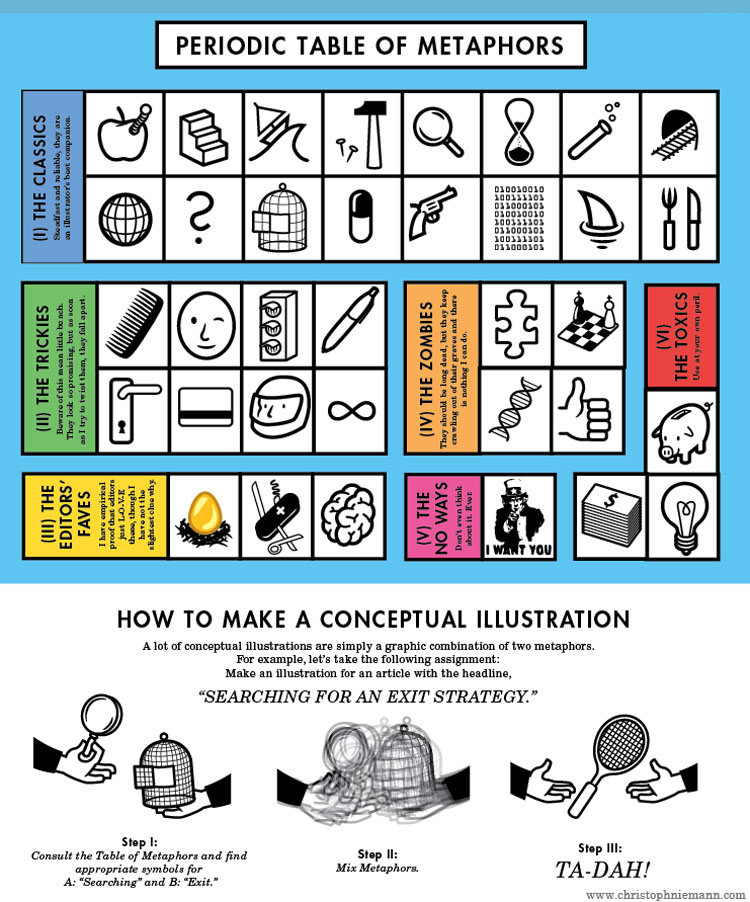Serendip is an independent site partnering with faculty at multiple colleges and universities around the world. Happy exploring!
philosophy

Thinking about Dreams
“Yet such a definition may perhaps be reached by considering the points of difference between reality and its opposite, fiction. A figment is a product of somebody's imagination; it has such characters as his thought impresses upon it. That those characters are independent of how you or I think is an external reality. There are, however, phenomena within our own minds, dependent upon our thought, which are at the same time real in the sense that we really think them. But though their characters depend on how we think, they do not depend on what we think those characters to be.

revising my one-word response to "A Game of You"
“The axis of reality runs solely through the egotistic places,- they are strung upon it like so many beads.” William James






